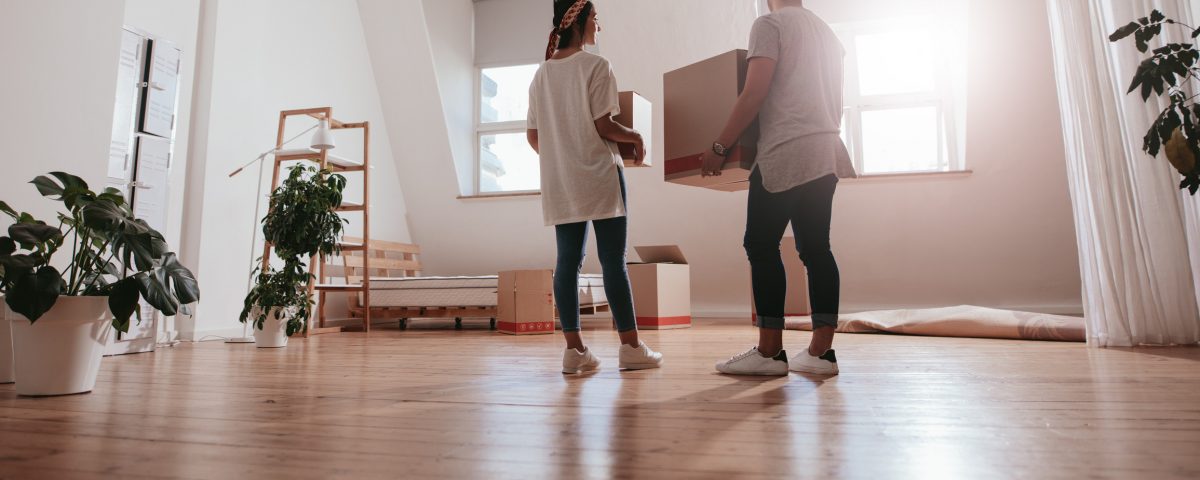
Things that will ruin your chances of getting a loan
January 10, 2019
What is negative & positive gearing?
February 4, 2019I want to give you a quick lesson on lending in Australia. Something I believe they should teach us in school but hey ho. Turns out teaching us useful information about one of the largest transactions we will ever make in our lifetime didn’t make the curriculum!
Banks have a preferred percentage of a property value they like to lend which is known as their safe lending margin or SLM (banks love a good 3 letter acronym!). The reason they prefer to only lend this amount is they feel that there is minimal risk to them of losing money in the event they have to sell the home to recover their funds. This SLM is 80% meaning you as the borrower need a 20% deposit plus Stamp Duty and other closing costs.
As I’m sure you can imagine, very few people can save a 20% deposit with property prices being so high, so, it is possible to borrow more than 80% loan to value ratio (LVR) but you will need to pay what is called Lender’s Mortgage Insurance (LMI). LMI is an insurance policy the bank takes out against the risk of you defaulting on your loan. The insurance premium is paid by you and in most instances will be added to the loan but it protects the bank, not you as the borrower.

If you are buying for owner occupier purposes you can borrow at most lenders 95% LVR (meaning you need to contribute 5% plus stamp duty and other settlement costs). There are very few lenders that let you add the LMI fee on top of the 95% though, most will lend you 95% inclusive of the LMI premium. If you are buying for investment the maximum loan is usually 90% LVR inclusive of the LMI premium.
As an example, if you were looking to purchase a property to live in for $750,000 and you needed to borrow 90% LVR, the LMI would be approx. $15,500 (varies between lenders and states) and it can be added to the loan taking the total LVR to 92.07% (ie $690,500 / $750,000 = 92.07%). Your contribution would need to be approx. $108,000.00 which would cover Stamp Duty and other settlement related costs.
If you borrow over 90% LVR most lenders will require you to evidence that you have at least 5% genuine savings. This means you need to have 5% of the purchase price saved in an account for at least 3 months. There are a few lenders that have a couple of ‘loopholes’ to get around this policy being that if you can provide a rental ledger in the same names the application is in and there has been perfect rental payment history, this will suffice in place of the genuine savings.

If I haven’t confused you enough already I want to explain how you can actually get a 100% loan and avoid LMI by the use of a family member’s property. If your parents for example own their home or an investment property (or even if they have a small mortgage that is fine) they can provide this property as a ‘security guarantee’. This means instead of just offering the bank the property you are purchasing as security, you offer your parent’s property as well thus reducing the overall LVR, risk to the bank and cost to you.
For example, let’s say you want to buy the $750,000 property and you have no savings and need to borrow 100% of the price and your parents own a property (no mortgage) worth $1m. The loan will be $750,000 and the security you give the bank is the $750,000 property plus your parents $1m (total security value $1.750m) property meaning the LVR is 42.86% ($750,000 / $1.750m).
There are strict rules about who qualifies as a guarantor as the banks don’t want to be putting anyone at risk of being in financial hardship if the guarantee is called on. So they cant be on the aged pension, they need to be self funded retirees or still working and they need to be in a strong financial position. It is also preferred that the security property is not their owner occupied home (although not mandatory).
We do many family guarantee loans as well as many high LVR loans so whichever way you need to go we can help! If you would like to understand how much you can borrow please let us know!


